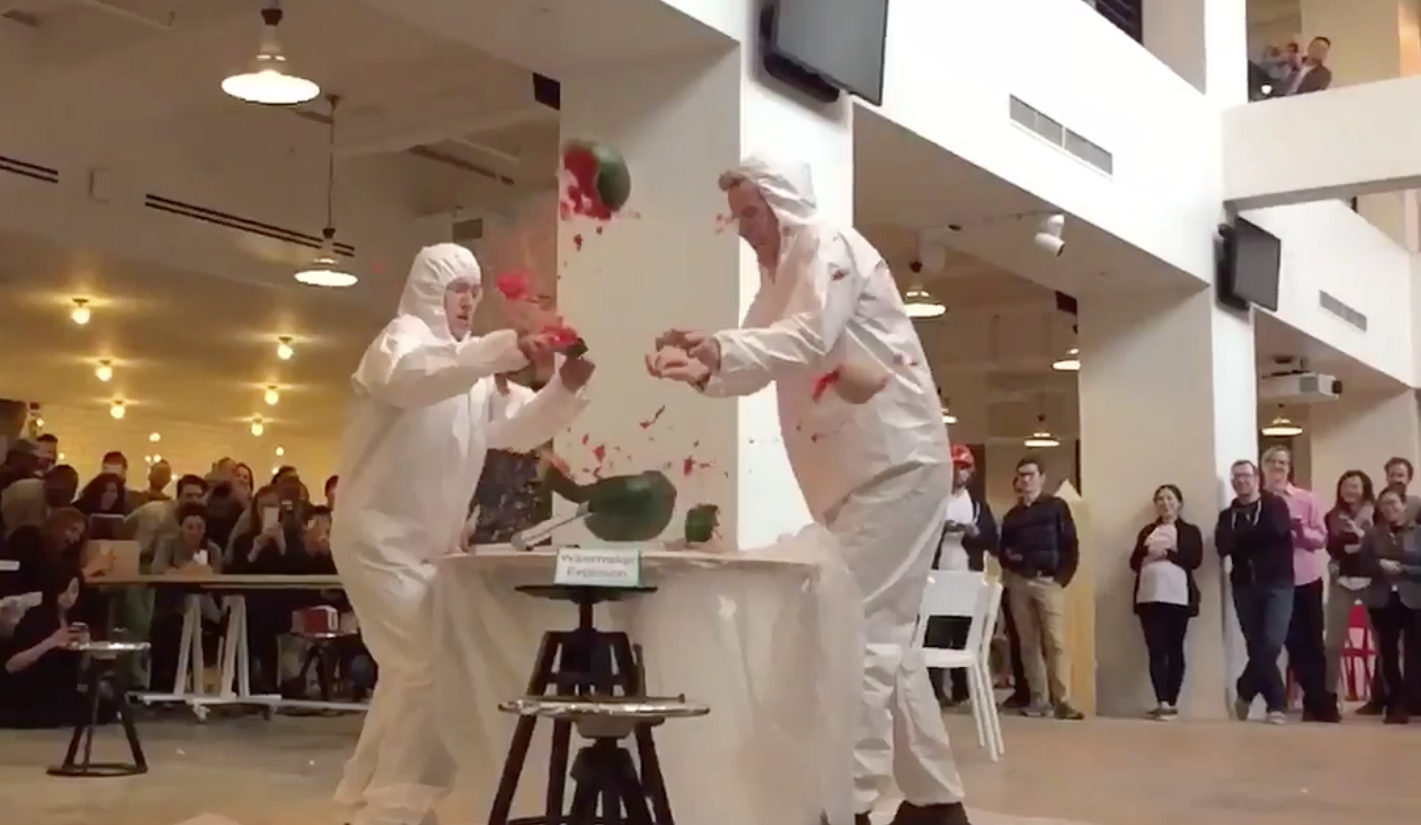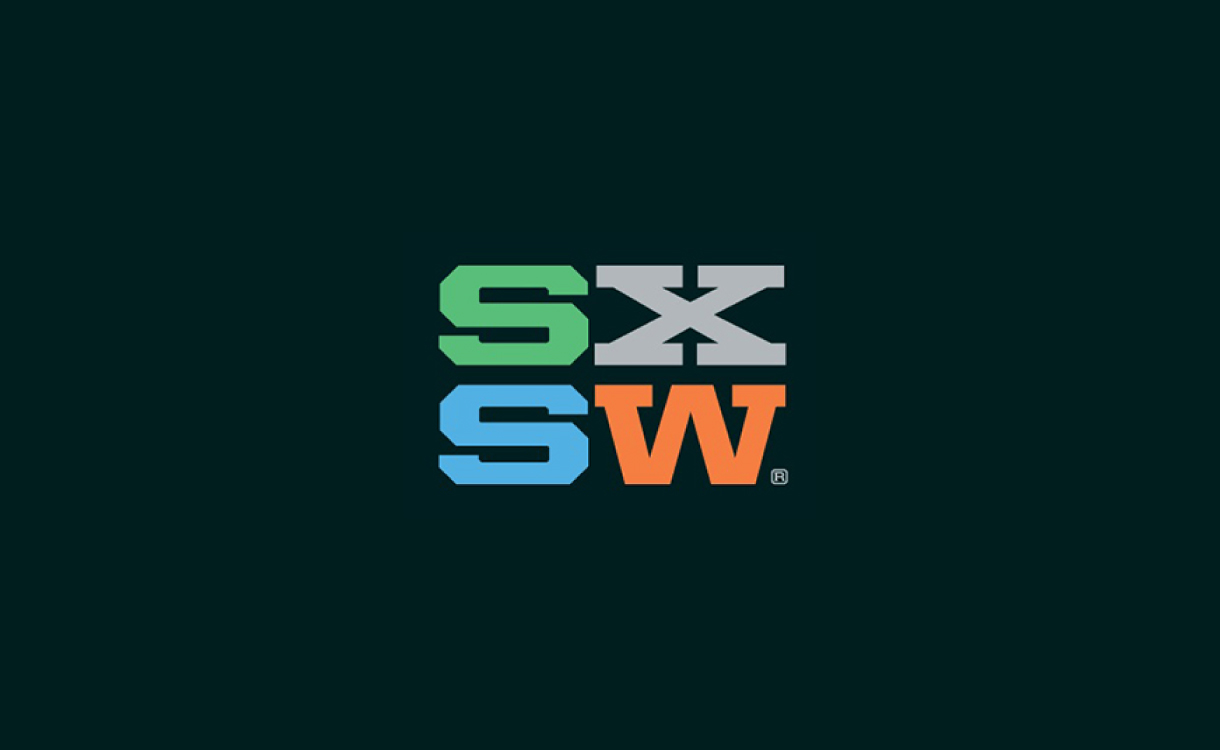What Happened
On Friday, Snapchat scored a non-exclusive deal with NBC to show highlights from the 2016 Summer Olympic Games, marking the first time the U.S. network has agreed to publish video content of the Olympics off its own digital properties. Snapchat will set up a dedicated Live Stories channel in its app to showcase content created by NBC as well as the athletes and fans on the scene. It will also work with BuzzFeed to curate short clips and behind-the-scenes content from the games in Rio for the publisher’s Snapchat Discover channel.
Why Brands Should Care
With this deal, Snapchat takes another firm step toward establishing itself as a mobile video platform. Earlier this week, the company said that its app now has 10 billion video views each day, up from 8 billion per day in February. On the other hand, NBC no doubt wants to leverage Snapchat’s popularity among teens and young adults to expand the reach of its Olympics content. Given that both Live Stories and Discover channels feature ads, brands now have another reason to advertise on Snapchat to reach the app’s young users.
Source: Bloomberg






